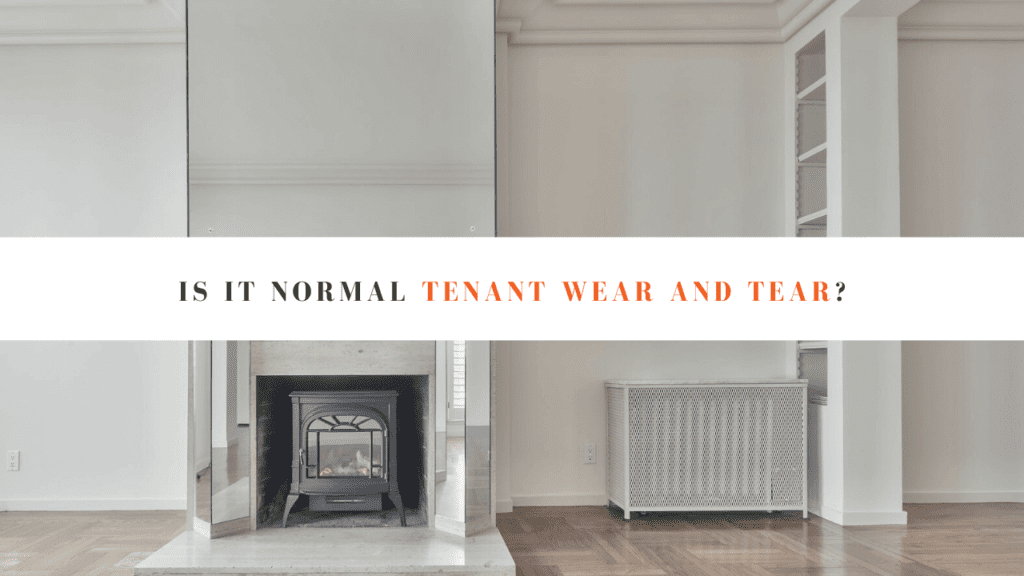
As an Orlando landlord, you know you’re responsible for the normal wear and tear that occurs at a rental property while tenants are living there. Certain things have to be expected, and those repairs are going to be made at your expense.
Tenant damage is different. It’s the result of abuse, misuse, or neglect.
How can you tell the difference?
It’s not always easy. We’re going to use our experience as Orlando property managers to help you understand whether some of these common issues are normal tenant wear and tear.
Is it Normal Wear and Tear? Answer: YES
Here are some of the issues you may come across and wonder whether it’s wear and tear or damage you can hold your tenant accountable for. All of these are examples of routine wear and tear that you should expect at the end of a tenancy.
- Some light stains on a carpet that don’t look to be from a particular spill or incident, more from high traffic on that carpet area.
- Fading, scrapes, or scratches on a wood floor.
- Carpet and paint that’s faded due to sunlight.
- Dirty grout in the tiles throughout the bathroom, kitchen, tubs, and sinks.
- Loose door handles or cabinet and drawer pulls.
- Small nail holes in the walls from where pictures were hung.
- Scuff marks on walls from where furniture rested.
These things are wear and tear, which is normal, because they’re expected to occur.
Is It Normal Wear and Tear? Answer: NO
Now that we’ve identified some typical instances of normal wear and tear, for which the property owner is responsible for repairing, let’s look at what might go beyond wear and tear. These are some examples of damage, and you should not be held responsible for it. These are issues your tenants should pay for out of their security deposit.
- Appliances that aren’t working because they were misused. For example, a dishwasher door is broken because a child was jumping on it.
- A broken or cracked toilet seat.
- Broken mirrors.
- Large holes in the walls or doors.
- Damaged or missing door handles and locks (on interior or exterior doors).
- Carpets stained with paint or soaked with pet urine.
- Large gashes in floors or broken tiles.
- Landscaping that’s been torn up by a dog.
- Changes that are not approved, such as paint colors or wallpaper.
These things require accountability from your tenant. Itemize every incident, take photos for documentation, and make the appropriate deduction from the security deposit.
Move-In and Move-Out Condition Reports
The only way to effectively identify tenant damage is by having a detailed and well-documented move-in condition report. You’ll make this report before your tenants move in, and you’ll use it to document the condition of the home before they took possession. After they move out, take pictures and make notes so you can compare how things looked then to how things look at move-out. You’ll need this documentation if a tenant tries to claim that something damaged was not their fault.
We know the move-out process can be complex, and if you’re not sure what you have is wear and tear or damage, contact us at Park Avenue Property Management. We’d be happy to serve as your Orlando property management resource.